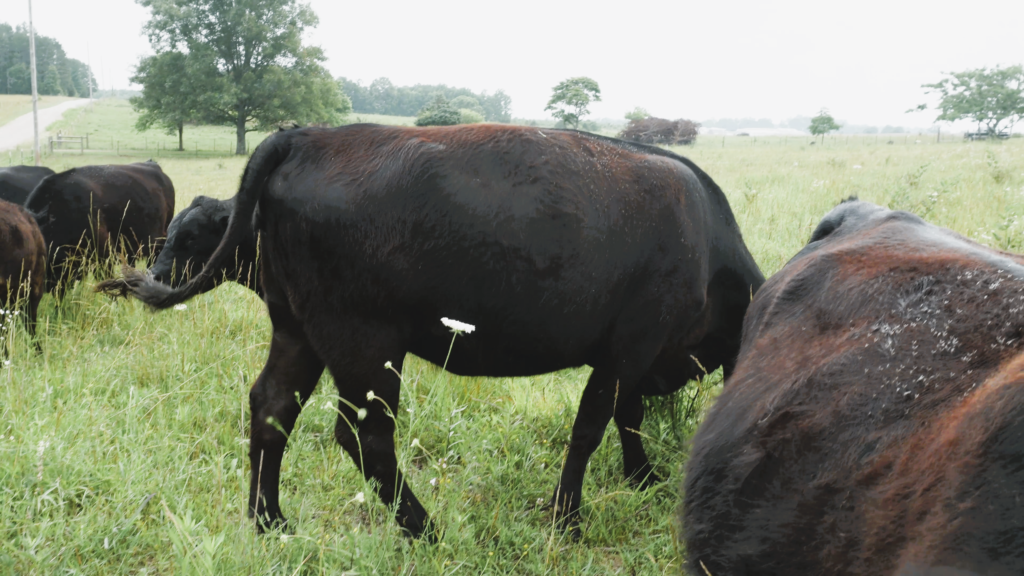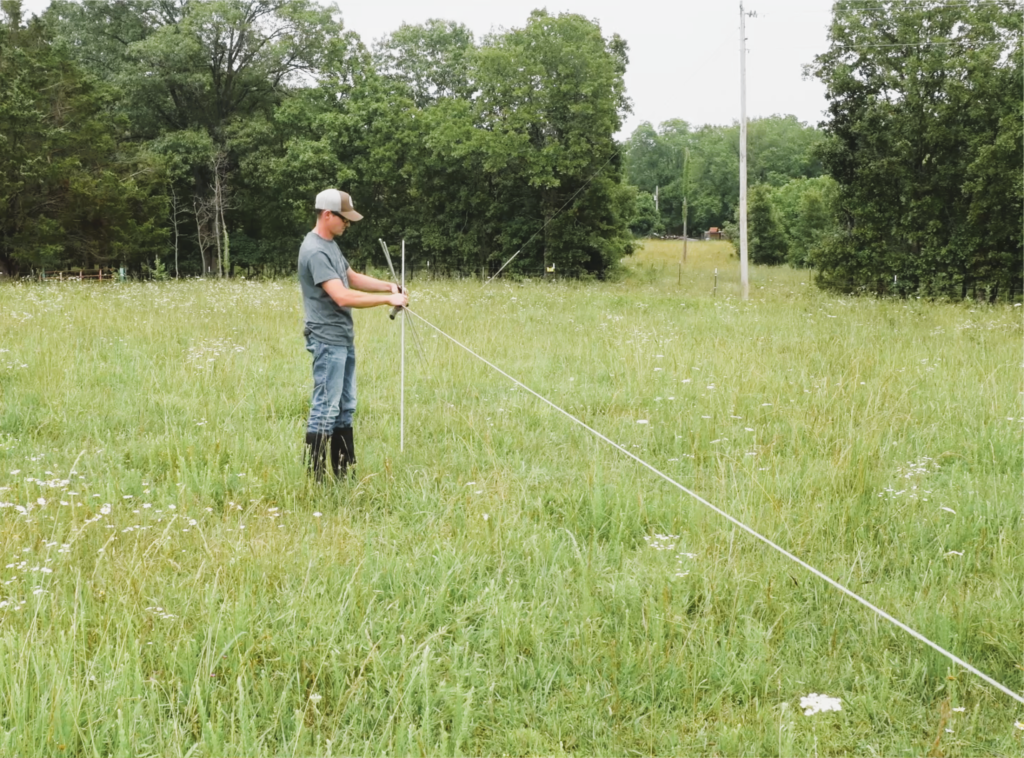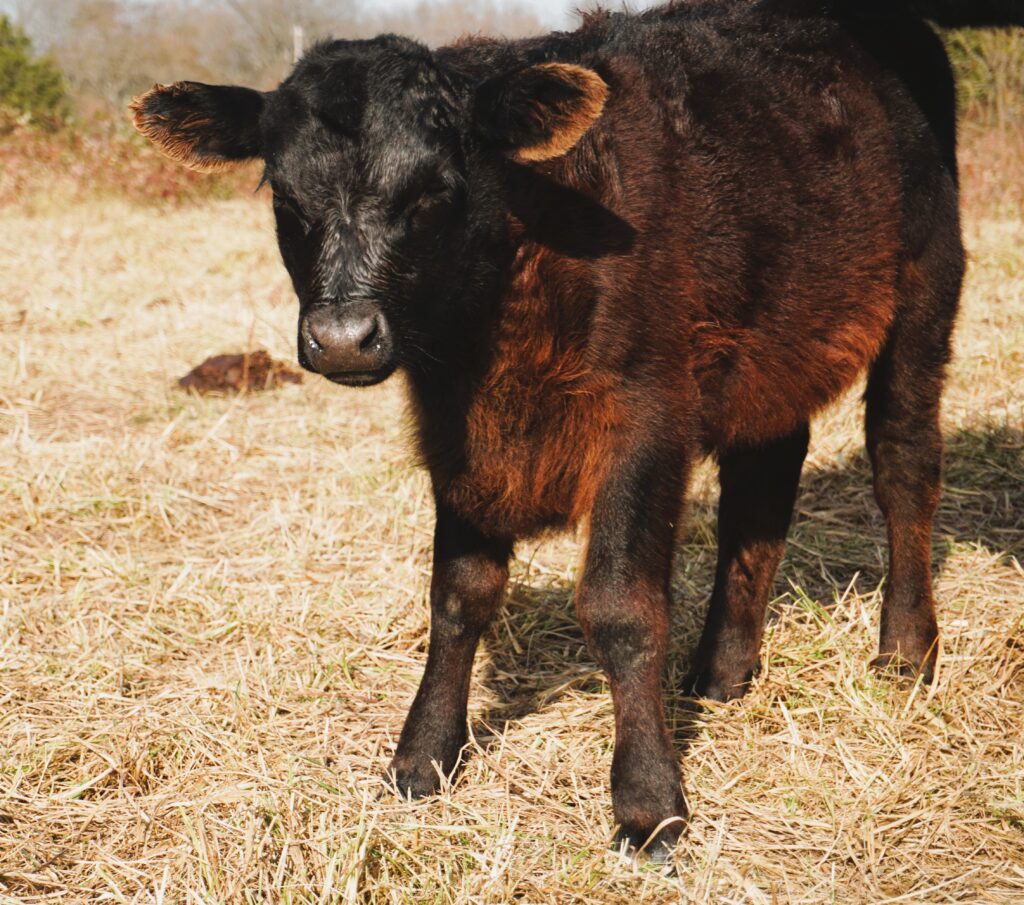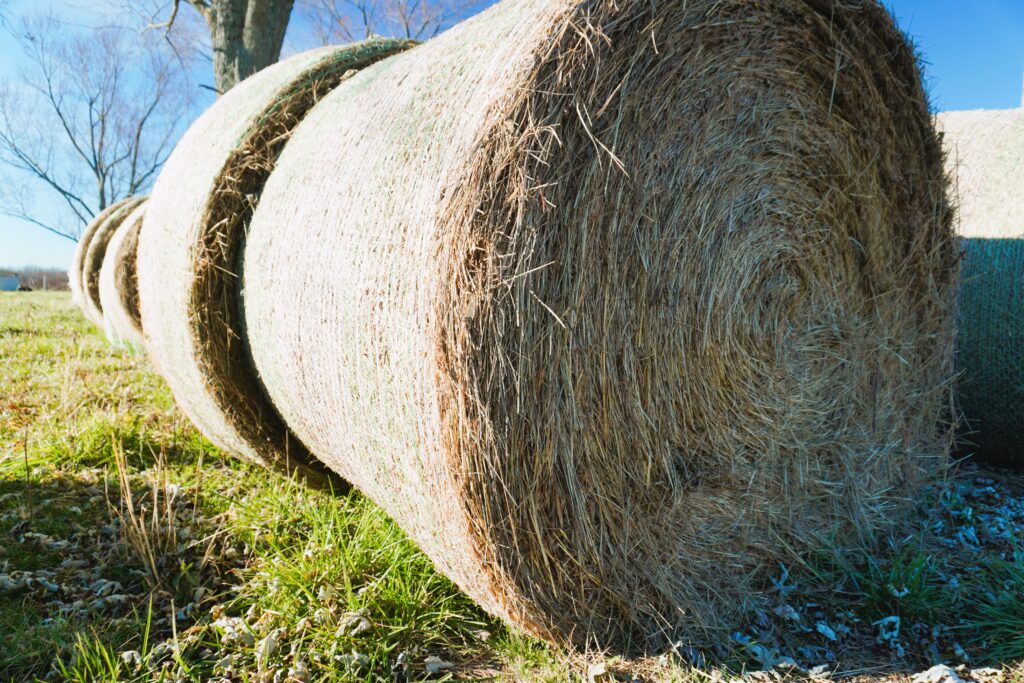Droughts are part of farming and in my neck of the woods, the saying is that we’re only ever two weeks away from a drought. Things can change quickly, leaving even the most diligent unprepared. Last year we had a decent spring, a hot dry summer, and a really good fall. During the summer, many were worried that they wouldn’t get a second cutting of hay. In the fall some were able to get both a second and third cutting. In this post I will give you some tips on how to manage livestock during a drought.
So far this year, in my part of Missouri. We’ve had a cool, somewhat dry, spring that has given way to a hot dry start to the summer. The spring rains came all at once, and the nighttime lows stayed in the upper 30’s to low 40’s longer than usual. The result was a lot of stemmy grass with little to no undergrowth. In a normal season, I’d be clipping the pastures right now instead of rationing grass.
I came up with a list of livestock management options for drought conditions, in no particular order. I’ll go through these, then tell you what I’m planning to do on my farm. I’m probably going to use cattle terms here, but this applies to other species also.
Sell some animals:

Cull the least productive animals, such as cows that are open or slow to breed back. Older animals that are at or near the end of their productive life. Cull the animals that do not have your desired traits. Conformation, calf weaning size, color, anything that you consider to be less desirable. Sell those that may be more prone to health problems.
I used to have a goat that I could almost always count on having a problem first. Whether it was a parasite issue, or foot problems, or whatever it might be. She was always the first. Get rid of those animals. Get rid of the animals that are difficult to handle. A single wild cow in an otherwise tame herd can make them all crazy.
There’s no point in keeping an animal that might cause you to get hurt, or admitted to the local stress unit, no matter how good of a calf she raises. The same thing is true of your calf crop. Get rid of the slower growing or scruffy looking animals.
If you’re not sure of the best way to choose which animals to get rid of and which to keep, I’ve linked to a pdf worksheet below. It’s a ranking process that gives or takes points away based on certain characteristics, allowing you to rank the animals from most to least desirable.
https://planeview.farm/wp-content/uploads/2023/06/Breeding-Stock-Grading-Worksheet.pdf
It’s something simple that I came up with for the culling process. Feel free to use it like it is or change it to fit your own needs.
Restrict pasture size:
Start cutting pastures down into smaller paddocks, if you’re not already doing so. Doing this forces the cattle to make better use of what is available. Plants that they might otherwise pass by will get eaten because there’s more pressure to eat it while they have the opportunity. If they don’t, someone else will.

Aside from increasing forage utilization, smaller pastures help to reduce potential damage that can occur to your grass stand during dry conditions that might not otherwise occur. This allows for a quicker recovery time when the rain starts again.
Wean calves early:

If your calves, or kids, or lambs, or whatever are old enough to safely wean, do it. Yes, they will require more forage to grow than they otherwise might, but in the case of cattle, a nursing cow’s nutritional needs can drop by as much as 40 percent when she dries off. That means that they’ll be able to maintain body condition on lower quality forage.
Dry lot animals or supplement grazing with hay:
I understand that there are a lot of people who don’t like the idea of cattle not being on pasture, but sometimes conditions demand that you remove them from pasture to keep from killing your grass. It’s better to get them off the pasture or reduce the pressure on it by feeding the animals hay in the worst conditions.
This will help prevent stunting of the grasses when the rain starts again. This is one of those times that you can get by with feeding older hay that you may have left over from the previous year or might be able to buy at a bit of a discount, if you’re so lucky.
